Ptahemwia émerge de l'oubli
2022, BIA 66

Sign up for access to the world's latest research
Abstract
Système de translittération des mots arabes BIA LXVI-Août/Décembre 2022 17 américain Newsweek. Les trésors ont été remis au consulat du Mexique à Portland, Oregon, par le Bureau américain des douanes et de la protection des frontières. Un des objets récupérés par les autorités mexicaines sur une photo non datée. (INAH/Zenger)-Newsweek L'Institut national d'anthropologie et d'histoire du Mexique (INAH) a publié mardi une déclaration selon laquelle « l'INAH a reçu de nombreuses pièces de cultures du désert, telles que des pointes de projectiles, des couteaux en silex, des artefacts en coquillages et en os, des fossiles marins et éléments organiques. Ils ont été saisis par le Bureau des douanes et de la protection des frontières des États-Unis et livrés au consulat mexicain à Portland. » L'INAH a déclaré qu'il avait reçu les articles du ministère mexicain des Affaires étrangères après que le ministère eut reçu les articles des États-Unis. Un des objets récupérés par les autorités mexicaines sur une photo non datée. (INAH/Zenger)-Newsweek This is the scene archaeologists found in the bedroom in the middleclass Pompeii House of the Larario, so-called because of the many Lares guardian deities found in the home's well-decorated courtyard. Source: Pompeii Sites-Ancient Origins website Archaeologists have discovered four new rooms in a house in the Italian city of Pompeii. The rooms provide a clear picture of the life of ordinary middle-class residents before the eruption of the volcano Vesuvius in the year 79 AD, which brought everything to an abrupt end. Archaeologists found dishes, a bed, a cupboard of crockery, and a bed-shaped glass-decorated incense burner. These discoveries are helping archaeologists and historians put together a better picture of "non-elite" daily life in Pompeii, according to the Ancient Origins website. These glass and ceramic bowls, in perfect pieces, some now taped together, are sitting where they were left by a middle-class Pompeii family when Mount Vesuvius effectively destroyed highlife and lowlife across Campania, Italy. (Pompeii Sites)-Ancient Origins website The ancient city in the Campania district, which also included the Roman port town of Herculaneum and several coastal villas, was buried under 4-6 meters (13-20 ft) of volcanic ash. This volcanic ash has preserved many buildings and settings very well and provided valuable insights into Roman life in Pompeii. This "religious" crib-shaped decorated incense burner was also found in one of the new middle-class Pompeii rooms in the House of Larario. (Pompeii Sites)-Ancient Origins website BIA LXVI-Août/Décembre 2022 29 century, according to the American federal judiciary. Some of the Cambodian antiquities recovered by the United States Attorney's Office are displayed during a news conference in New York. (Photo: Seth Wenig/AP)-News9live.com According to AFP and WAM 24, it was stolen like thousands of other works at the end of the 20 th century, during the wars in Cambodia in the 1970s, and upon the reopening of the country in the 1990s.
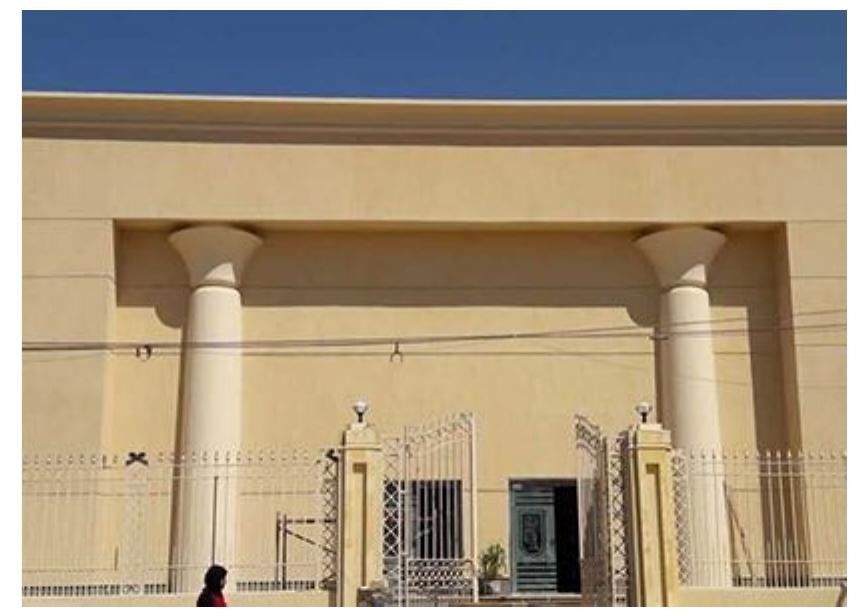


























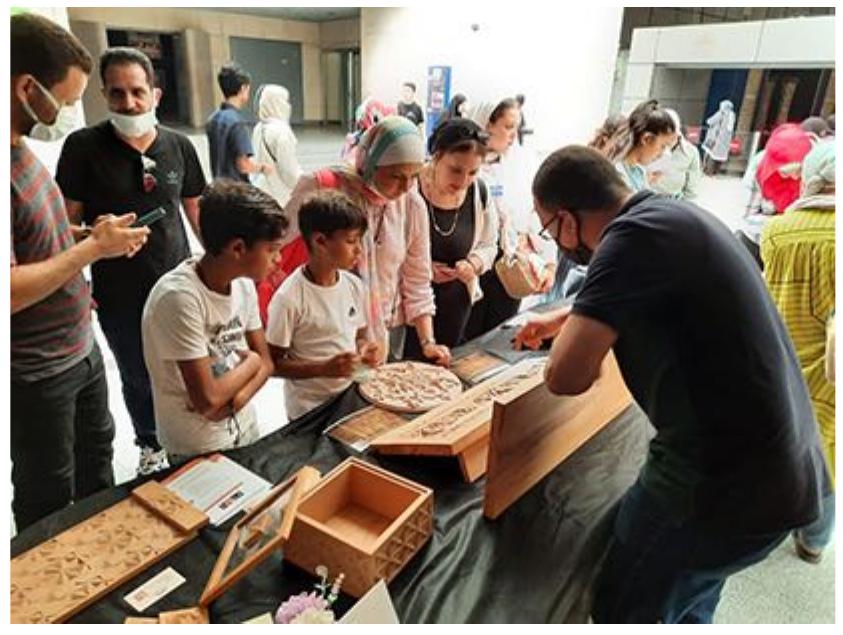












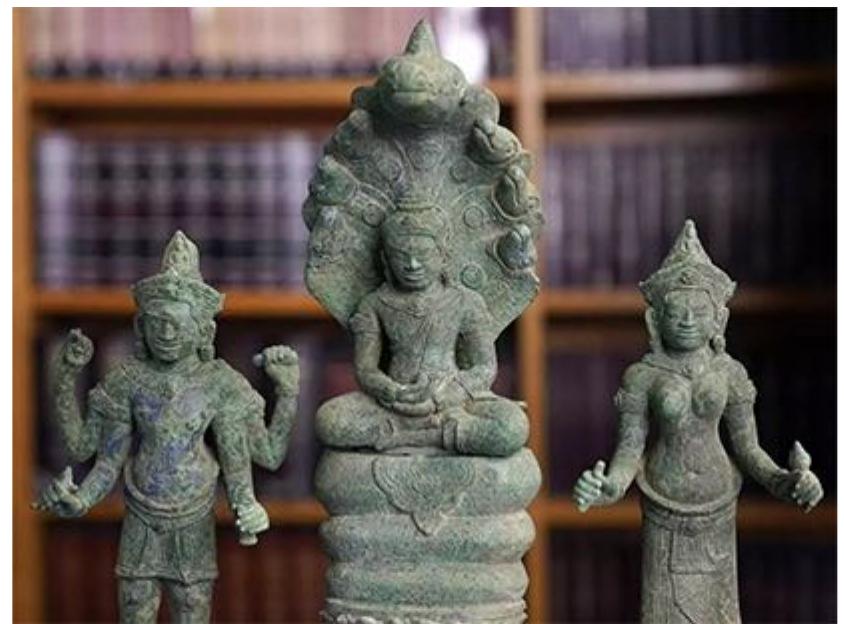












































![(Crédit image : Nick Overton) - Live Science « Vous pouvez le considérer comme un événement vraiment spécial », a déclaré Nick Overton, archéologue a University of Manchester en Angleterre, a Live Science. « On dirait qu’ils mettent beaucoup I’accent sur la pratique du travail [du cristal]... les gens sen seraient souvenus comme étant distinctifs et différents. » Overton est |’auteur principal d'une étude publiée en juillet dans le Cambridge Archaeological Journal qui décrit la découverte de plus de 300 de ces fragments de cristal de quartz sur un site cérémoniel vieux de 6 000 ans a Dorstone Hill dans |'ouest de l’Angleterre, a environ 1,6 km au sud du monument connu sous le nom de Arthur's Stone.](https://figures.academia-assets.com/97455354/figure_086.jpg)


















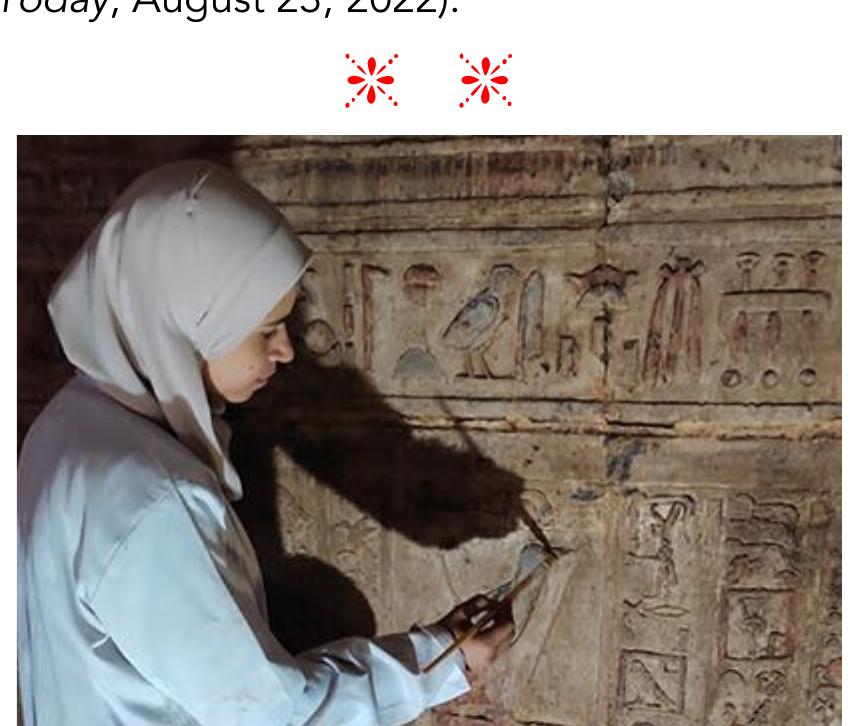









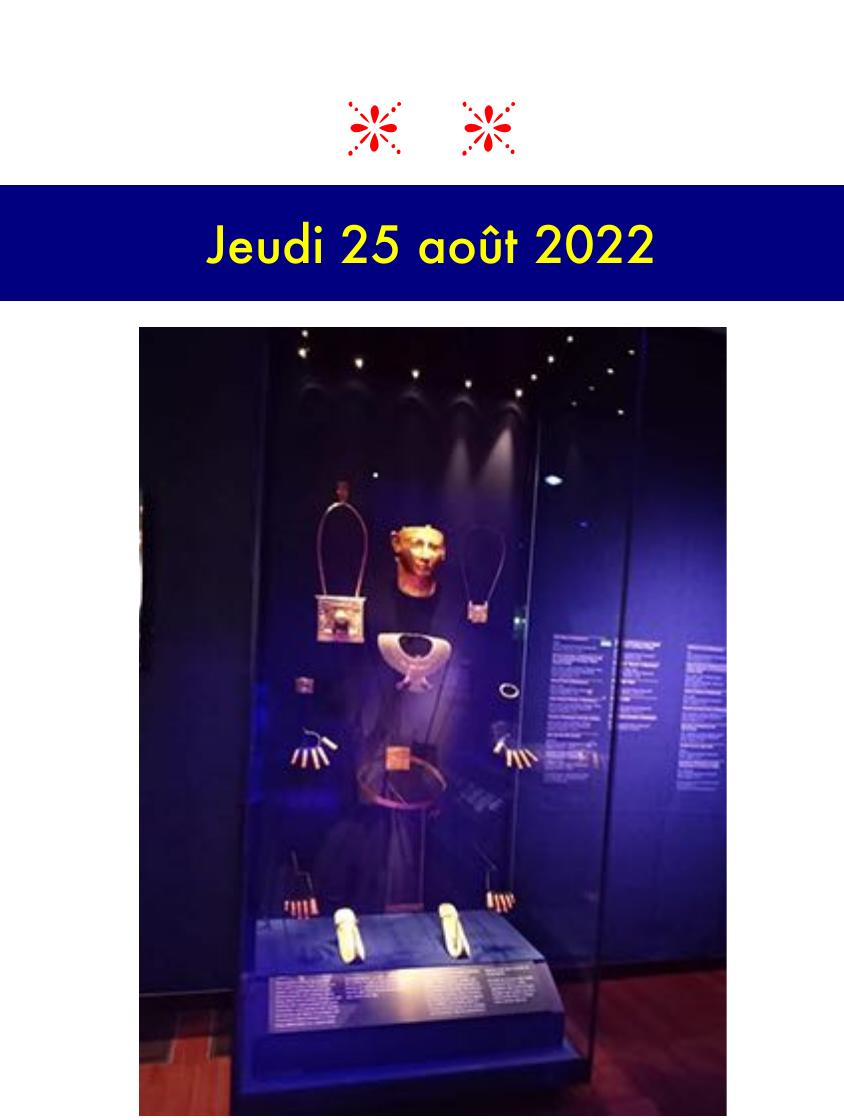





























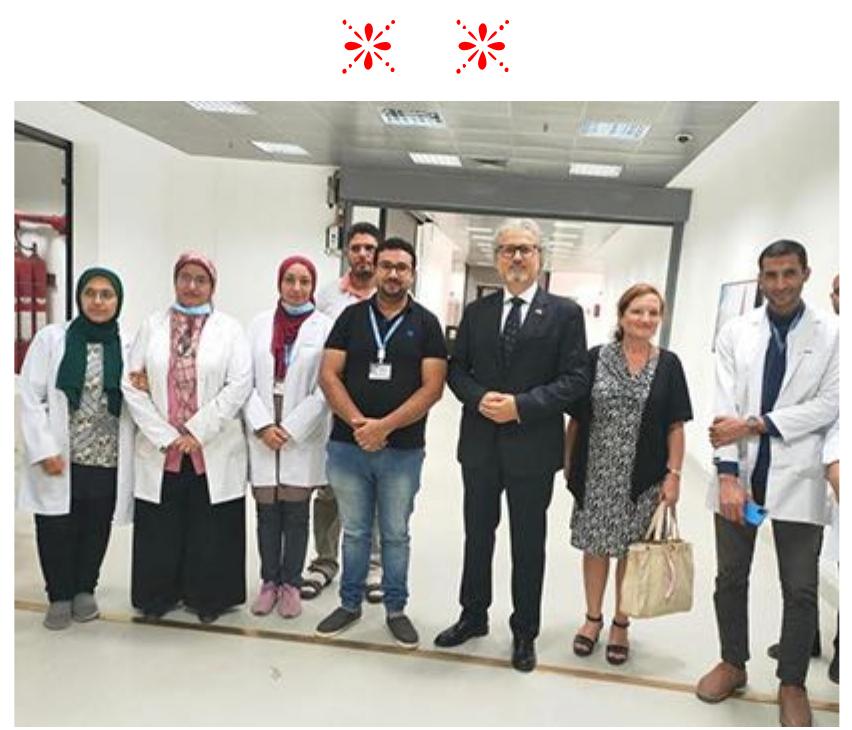






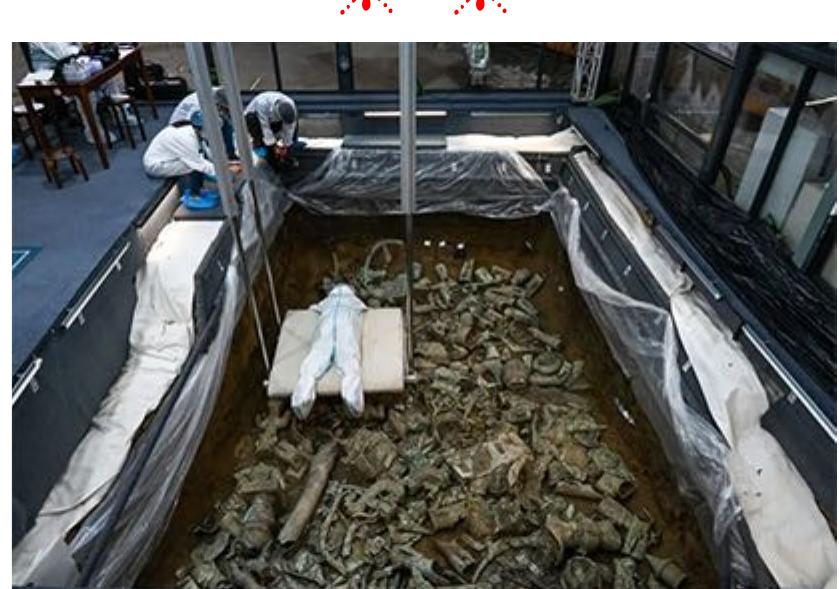



























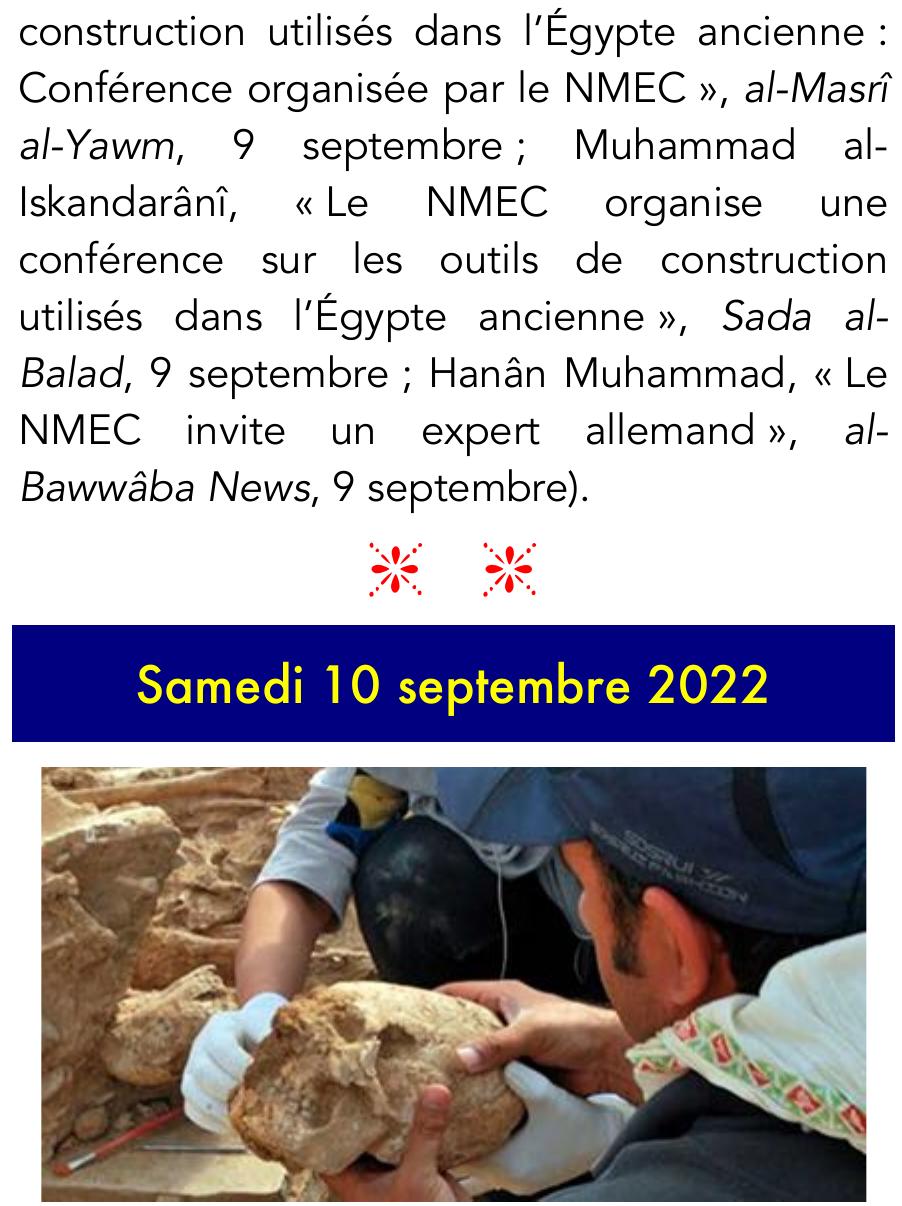







































































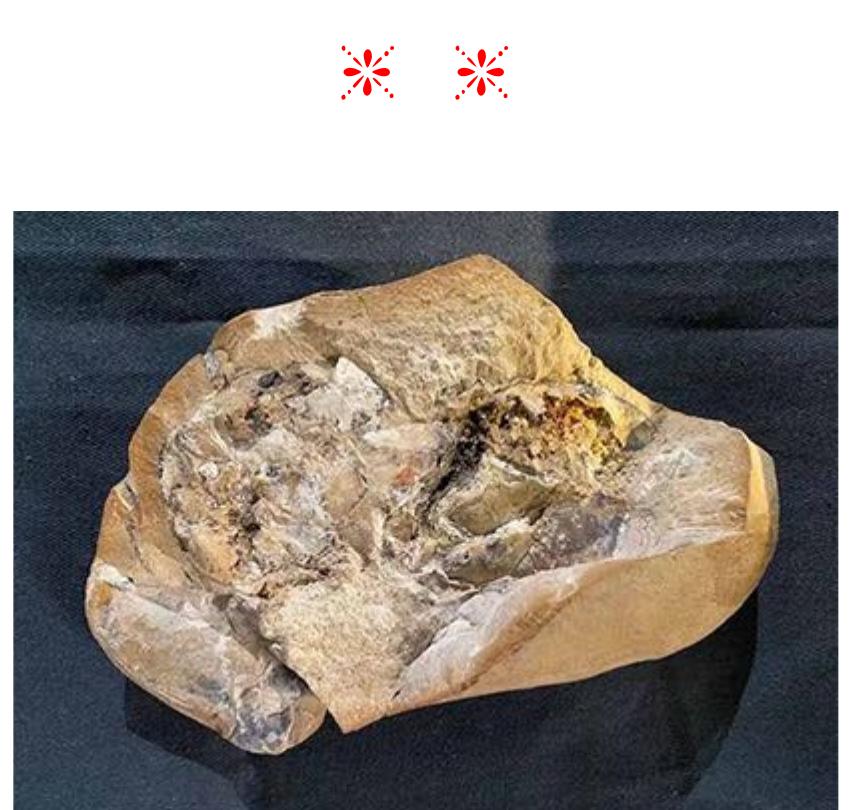





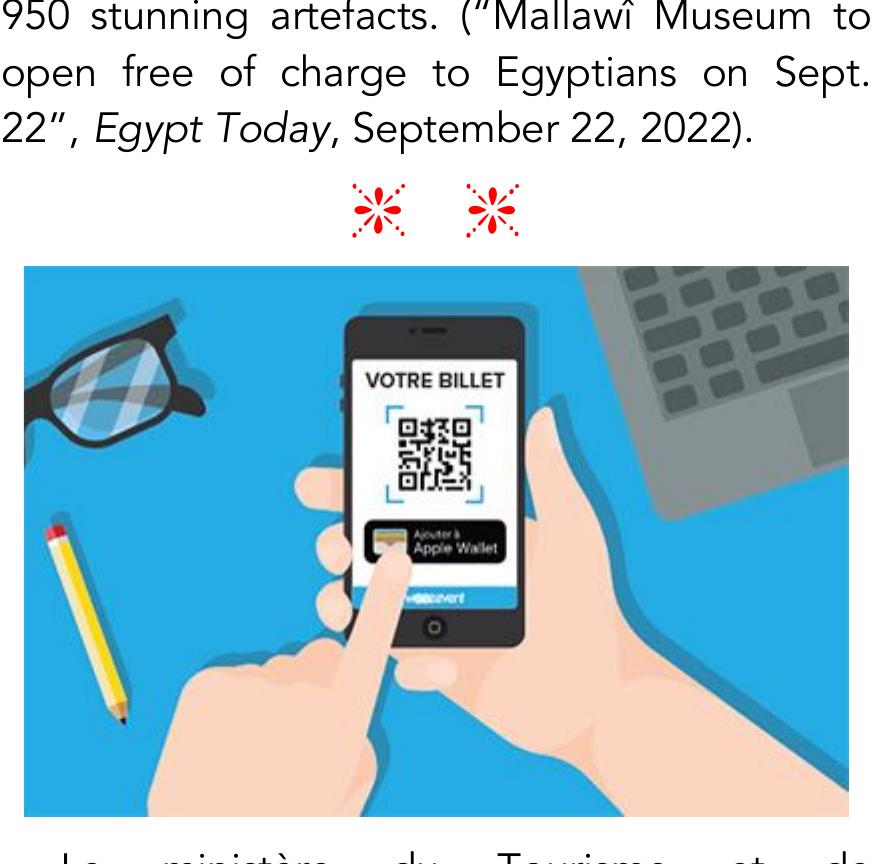























![Egypt’s Minister of Tourism & Antiquities [M] with other officials during the celebratory events - Ministry of Tourism & Antiquities The celebration was attended by the minister of civil aviation, the governor of Cairo, a group of tourism and antiquities leaders, ambassadors of foreign countries to Cairo, and a number of heads of foreign antiquities institutes in Egypt. (“From Egyptian Museum in Tahrir, Egypt's Ministry of Tourism & Antiquities celebrates World Tourism Day 2022", Egypt Today, September 28, 2022. Voir également Rami Husayn, « Le ministére du Tourisme célébre au Musée Egyptien la Journée mondiale du Tourisme », al-Dustdr, 27 septembre).](https://figures.academia-assets.com/97455354/figure_282.jpg)
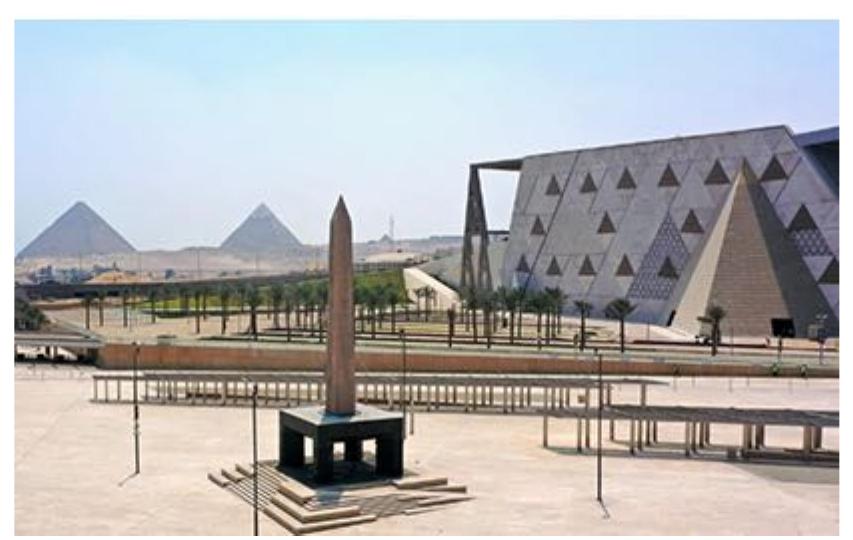
















































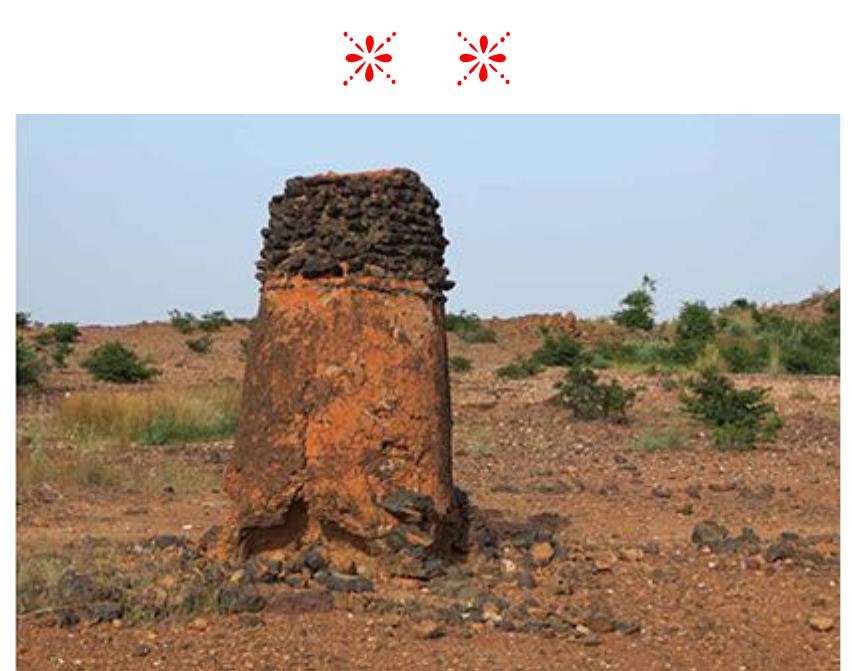














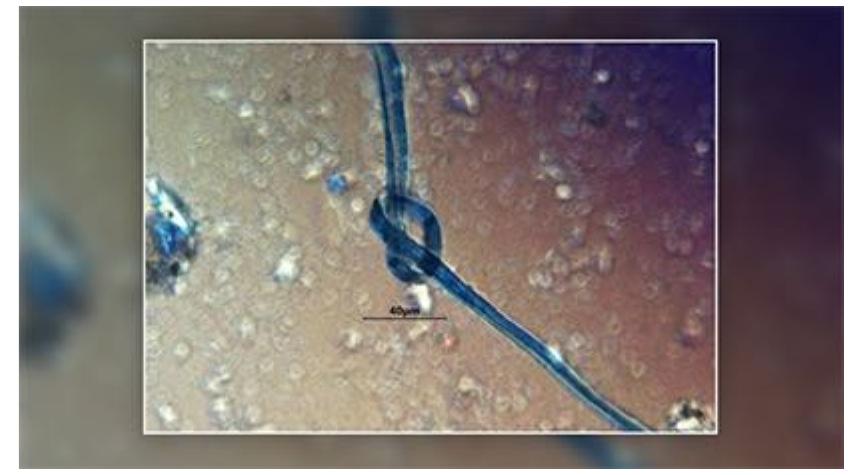























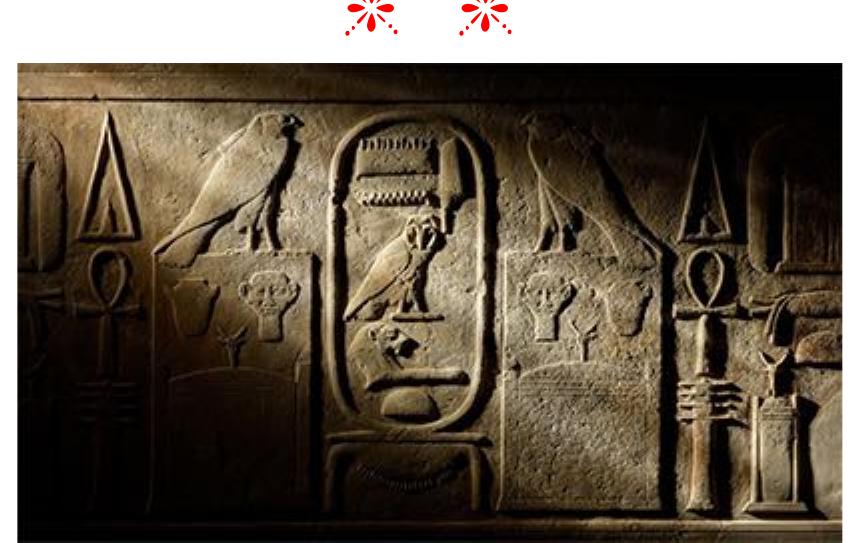
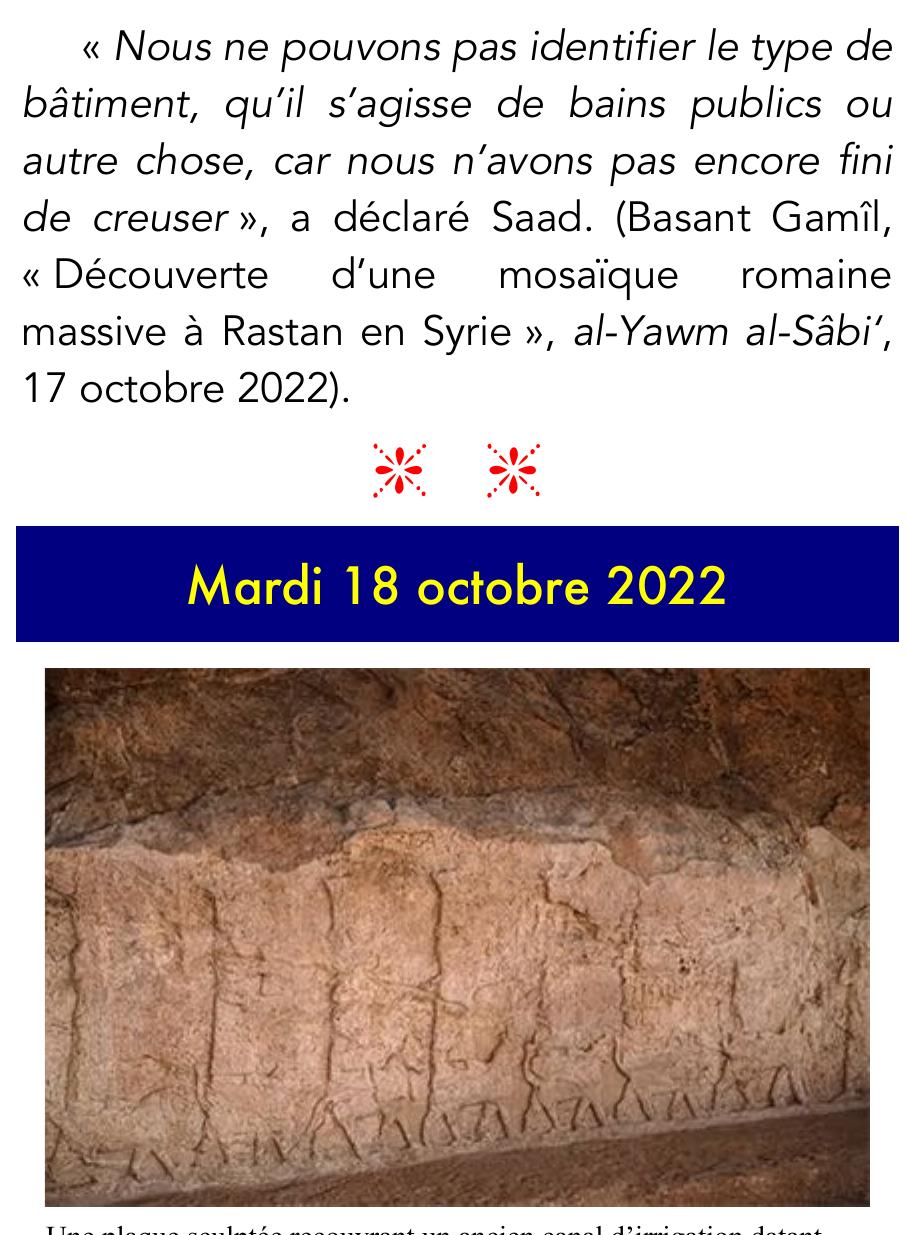
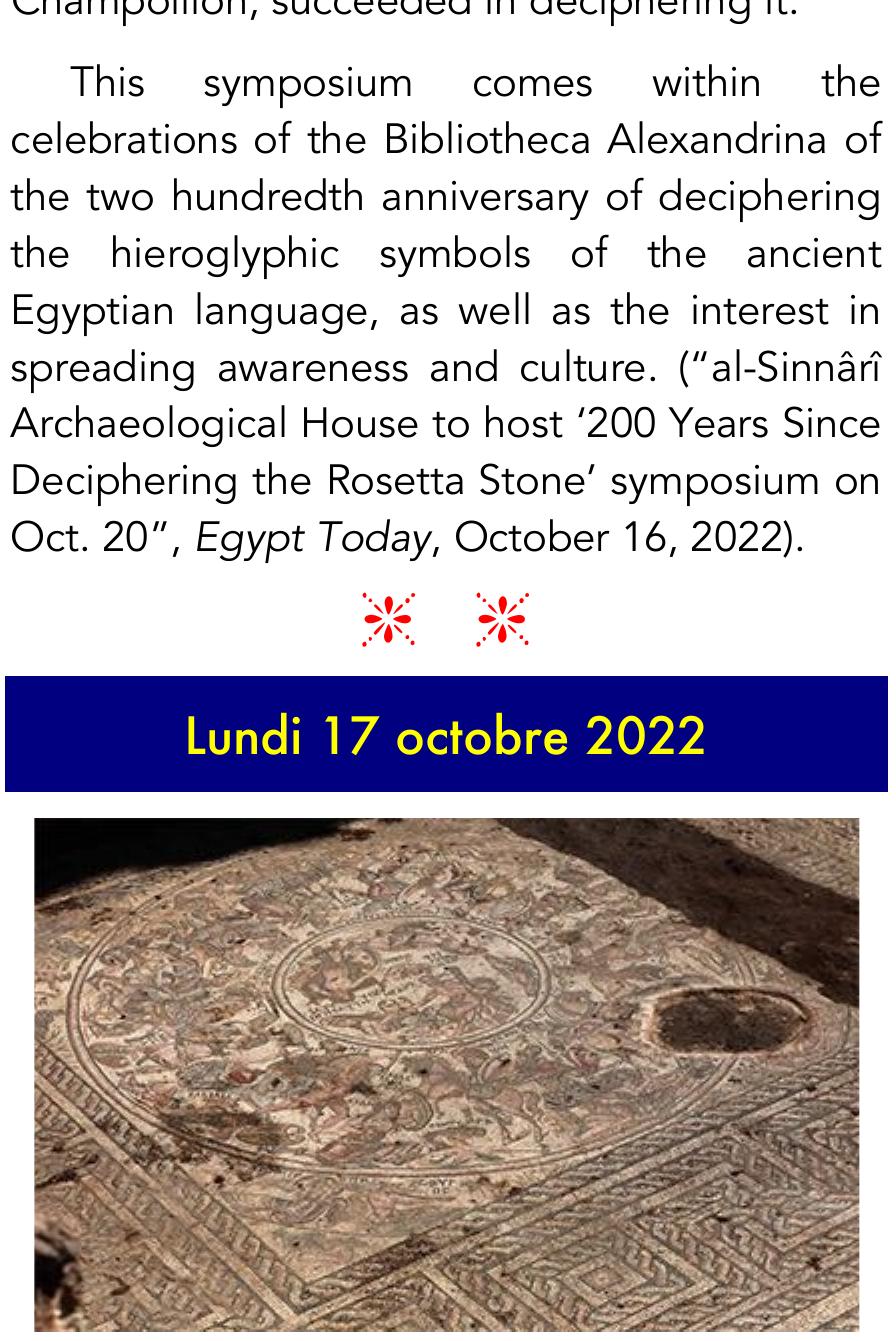






















![« Nous avons ici les documents ottomans les plus anciens —avant la chute de Constantinople — qui [ont été] conservés dans les monastéres du mont Athos », a déclaré le pere Theophilos, moine au monastére de Pantokrator. L'Empire ottoman a gouverné le nord de la Gréce a partir de la fin du XIV° siecle, des décennies avant de prendre le contréle de la capitale byzantine, Constantinople (|‘actuelle Istanbul), en 1453. « Nous avons ici les documents ottomans](https://figures.academia-assets.com/97455354/figure_396.jpg)



































































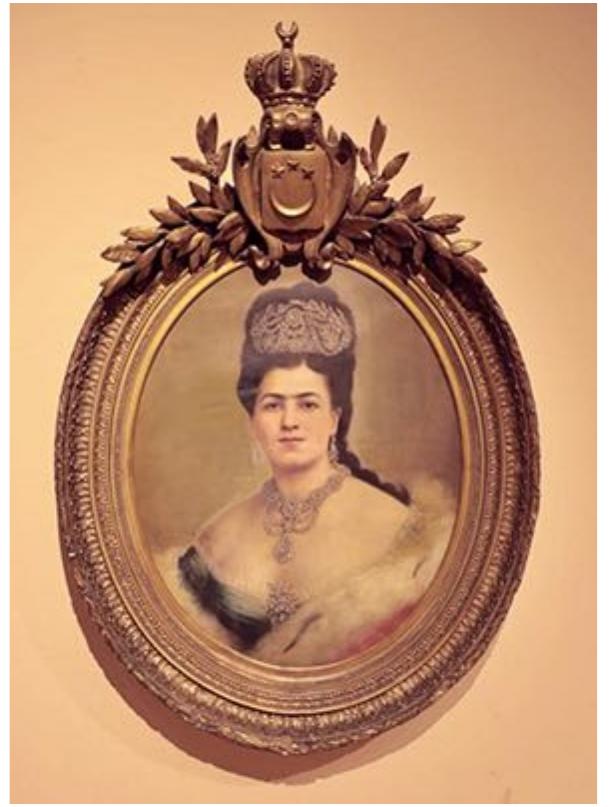
















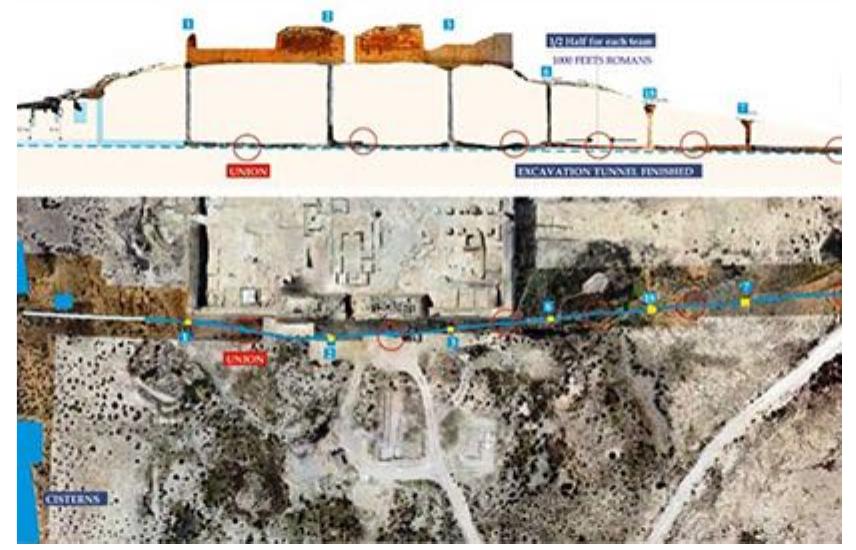



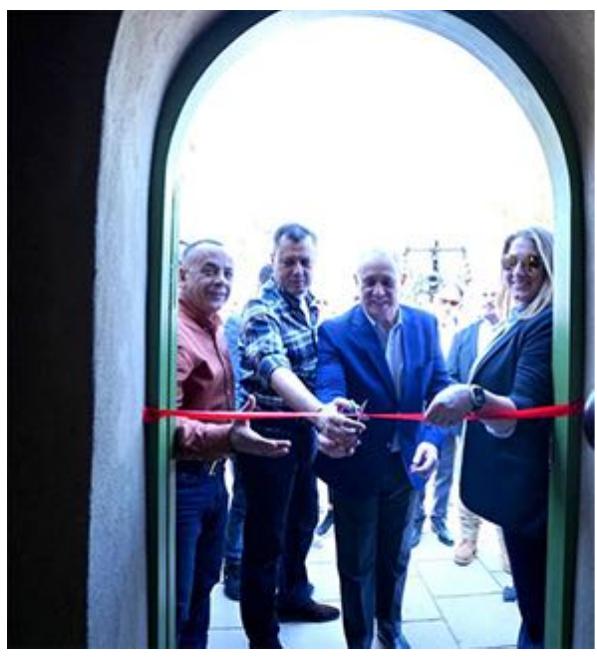





































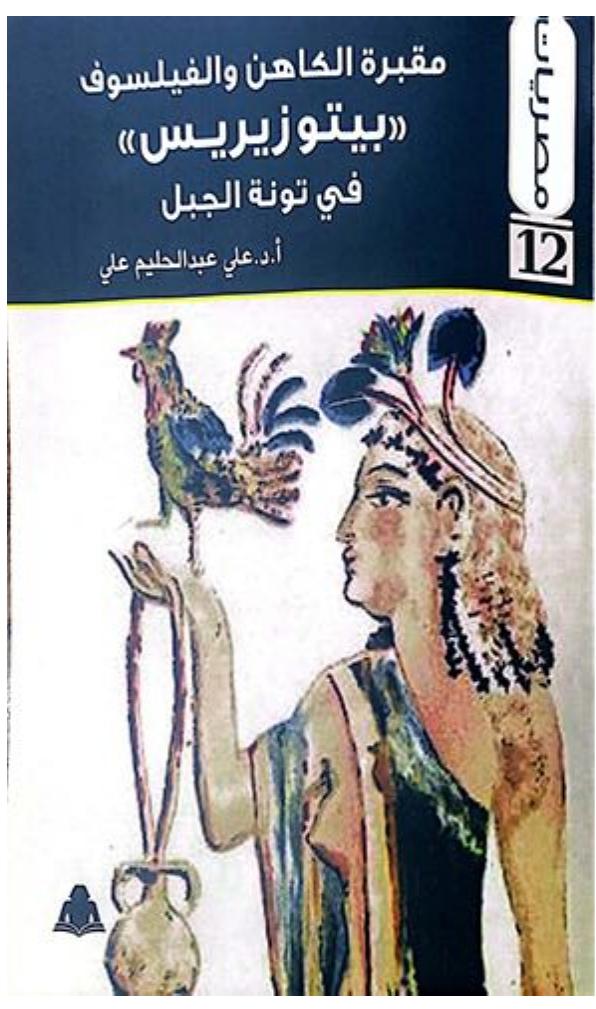


















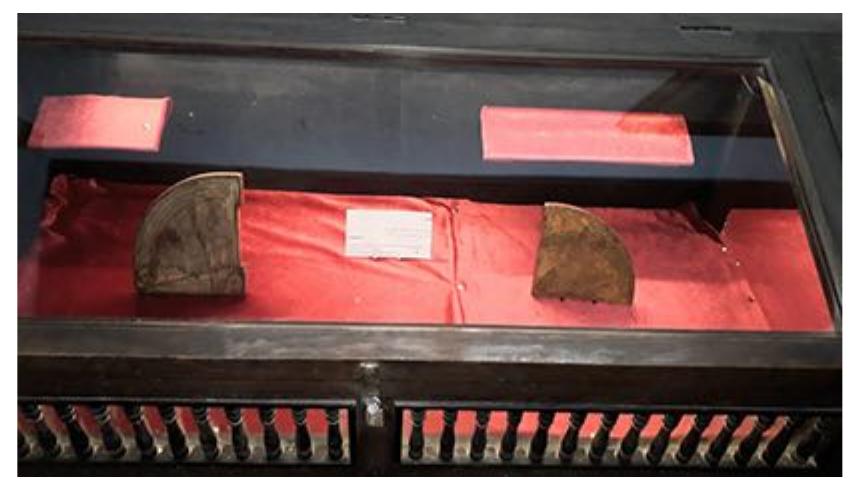
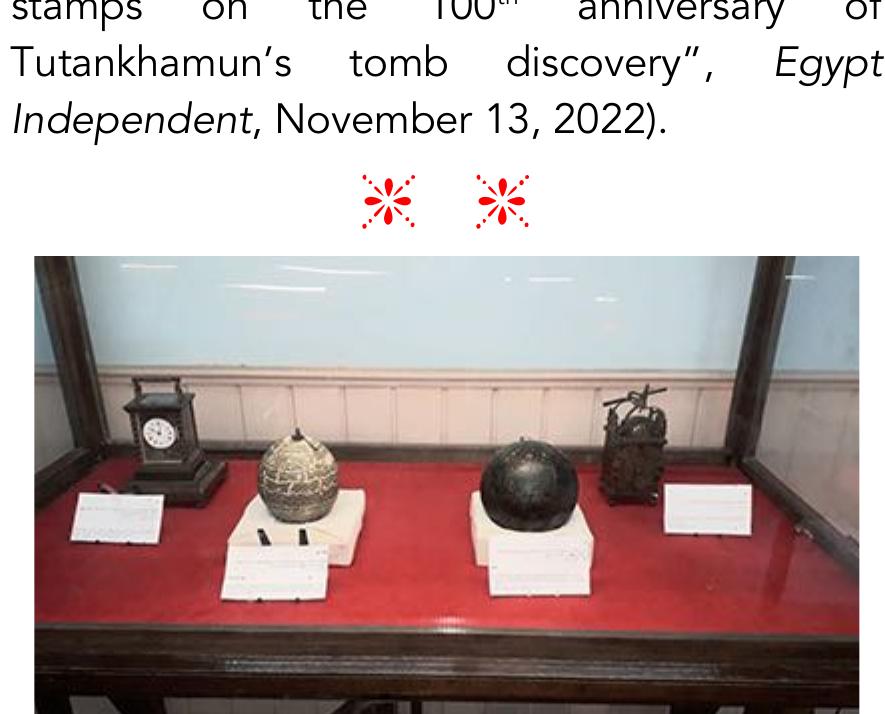





![Ancient Egyptian amulet seal discovered in Turkey. Source: AA Photo — Ancient Origins Archaeologists excavating the ruins of the Roman era in the ancient city of Amasra [Amastris] in Turkey have unearthed a strange discovery of a seal on an Egyptian amulet depicting the shape of a pyramid with hieroglyphs and ancient Egyptian symbols engraved on it, providing an element of mystery and suspense surrounding the discovery. [Amastris] in Turkey have unearthed a strange](https://figures.academia-assets.com/97455354/figure_549.jpg)










































































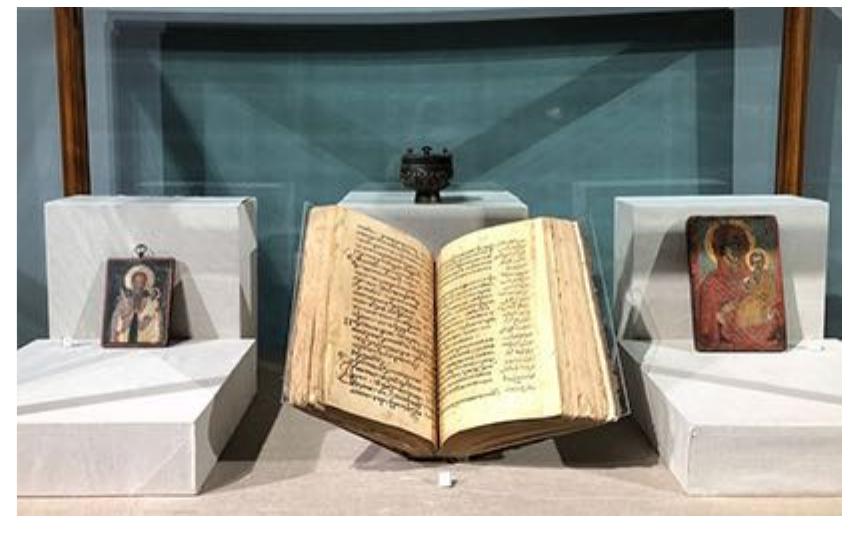

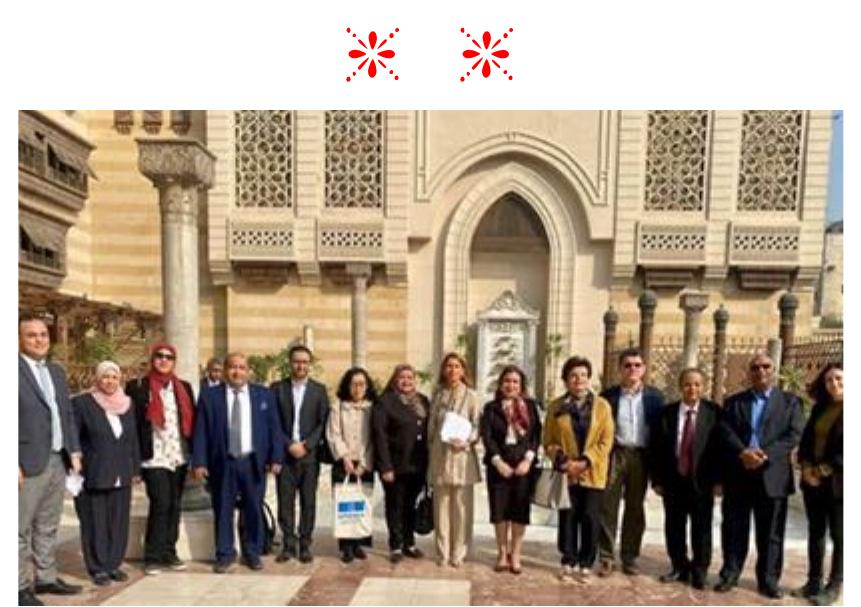













































































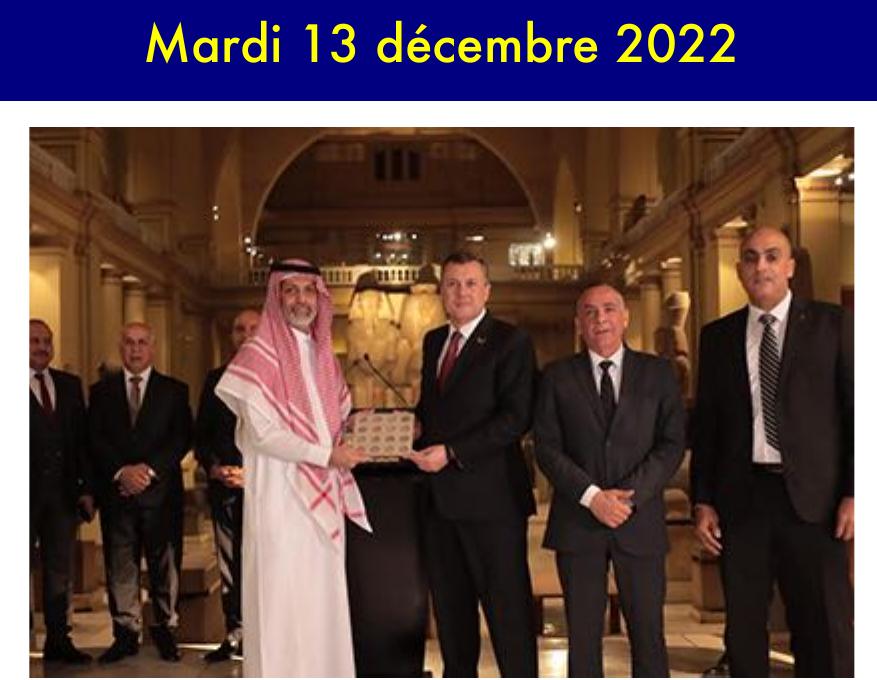


























































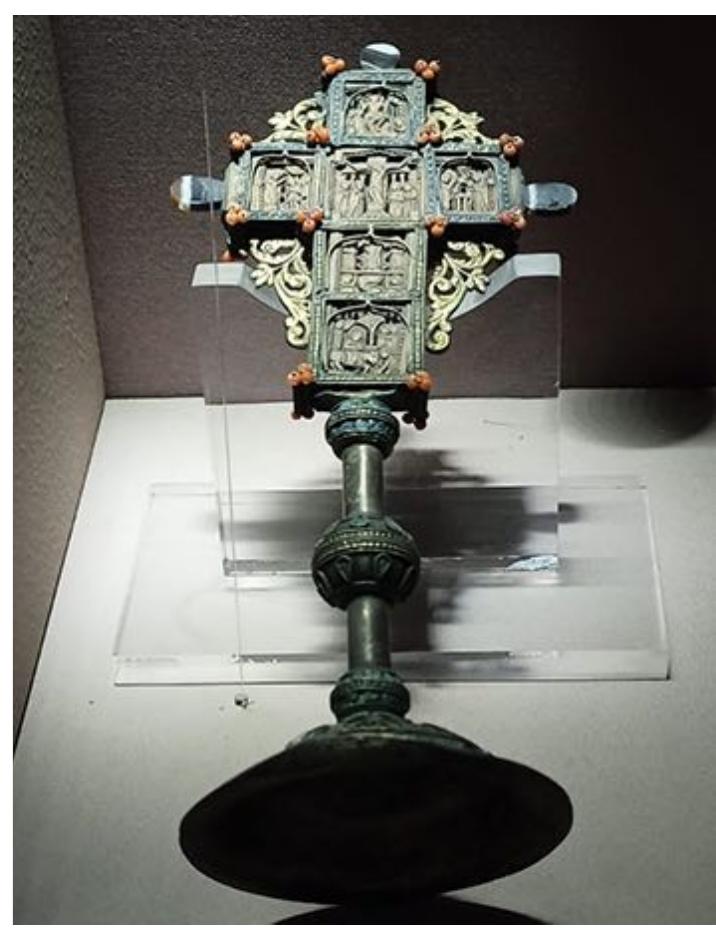











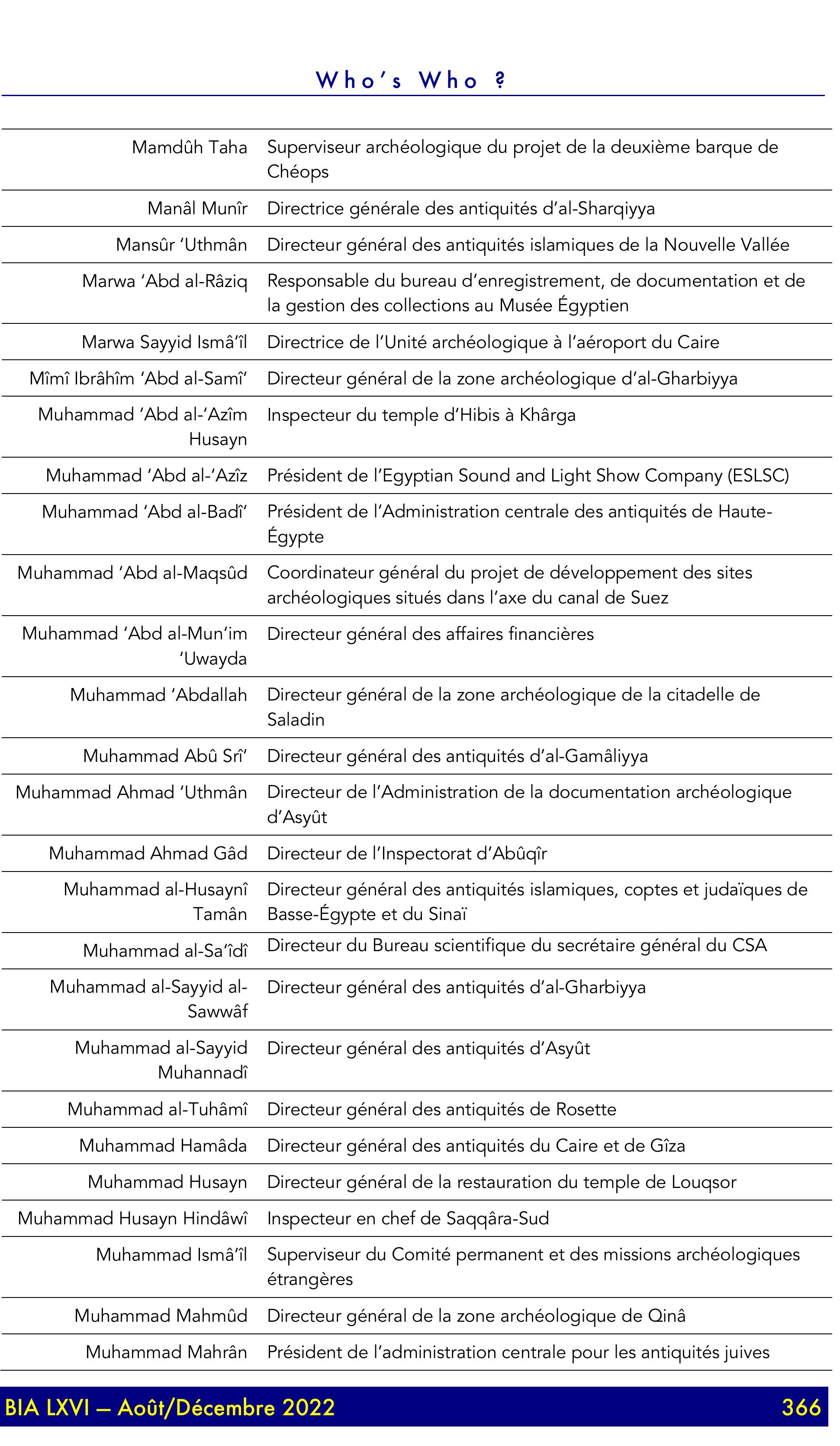






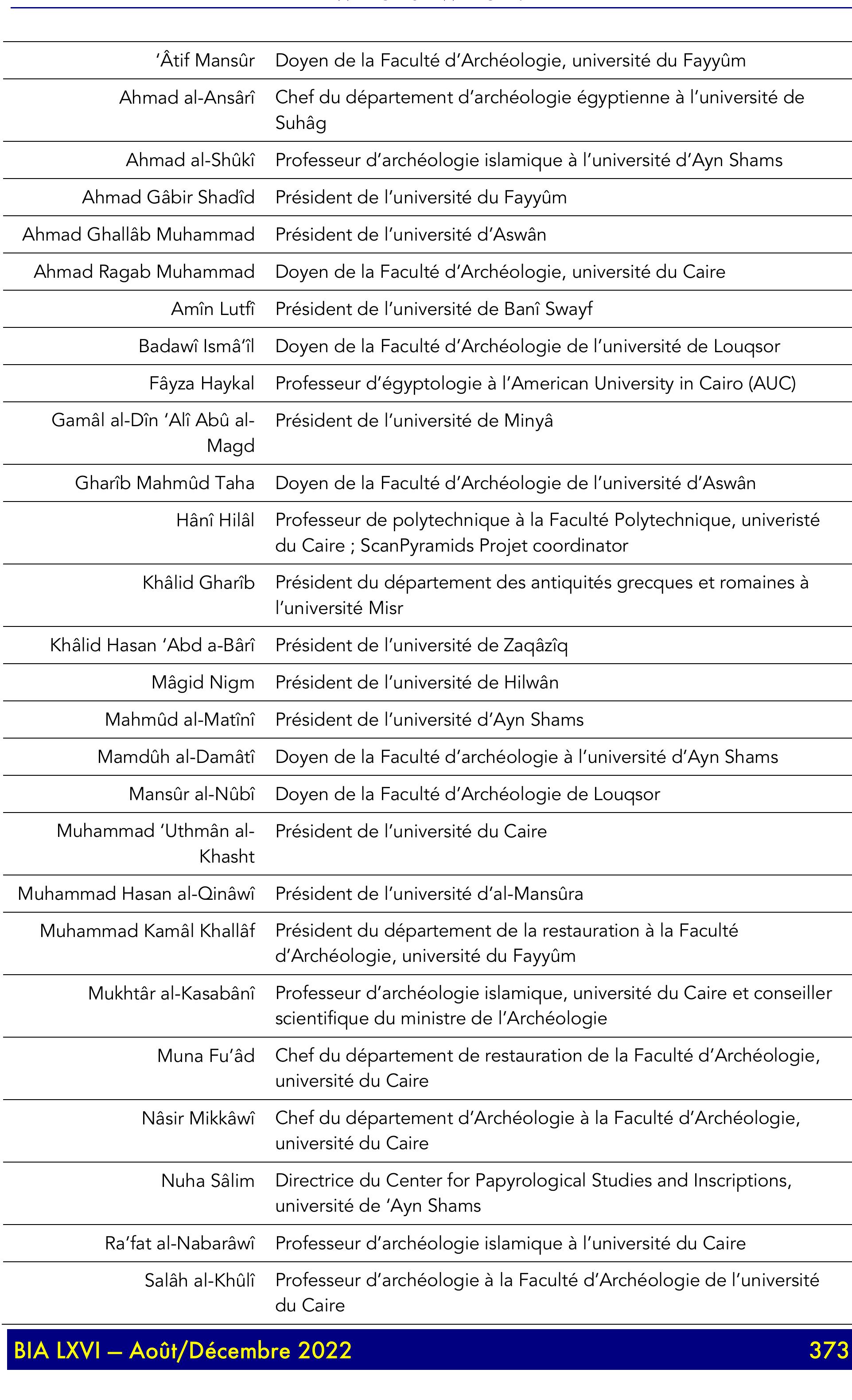


Related papers
New findings at Pompeii demonstrate that the site was inhabited long before the historical town was founded. An undisturbed stratigraphic sequence, found within a Roman well, indicates both the volcanic and the human activities of the area during prehistory. Radiocarbon datings of the youngest prehistoric habitation layer in the sequence give the surprisingly early date of 3500 B.C., although the ceramics match the typology of the Early Bronze Age. Iron Age material was not present and no evidence of early town structures could be seen.* * This article was conceived with the support of Prof. A.-M. Leander Touati, Director of the Swedish Pompeii Project, and Dr. phil. M. Staub Gierow, Field Director of the northern part of Insula V 1, to whom we would like to express our sincere gratitude. Moreover, Prof. Leander Touati contributed to some improvements of the draught. The debt of gratitude also includes Prof. P.G. Guzzo and Dott. A. d'Ambrosio of the Soprintendenza Archeologica di Pompei for the permission to investigate and analyse the finds.
Neurosurgery, 2004
ON AUGUST 24, AD 79, a terrible eruption of Mount Vesuvius deranged life in beautiful Pompeii and killed thousands of men, women, and children. They were restored to us by the fact that Mount Vesuvius, with its rain of ashes, proved to be a skilled sculptor, preserving the shape and even the wrinkles in the clothes the Pompeians wore while trying to escape during the day of the tragedy. The detailed description of Plinius the Younger and modern static studies of the eruptive residues have made it possible to reconstruct with great accuracy the various phases of the eruption that took place 2000 years ago, including the hours and days during which the phenomena first became obvious. Today, almost 2000 years later, Pompeii has reawakened and risen from its sepulcher of ashes thanks to the excavations initiated under King Charles III of Bourbon in 1748. Excavations proceeded slowly under the Bourbons, with the aim of enriching the Bourbon Museum of Naples rather than of classifying the ruins and placing them into a historical context. Under Joachim Murat, interest in the town planning and architecture of the uncovered cities reemerged, especially with respect to Pompeii. In 1860, however, with the establishment of the Kingdom of Italy, the excavations, now under the direction of archaeologist Giuseppe Fiorelli, were provided new impetus and, finally, a scientific basis. Today, the excavations are giving us back extraordinary evidence concerning the culture, the everyday life, the habits, the architecture, and the wonderful frescoes of the Roman cities of southern Italy, making possible the statement that Pompeii is "the most alive of the dead cities."
The Antiquaries Journal, 2006
European Journal of Archaeology, 2012
The discovery of Pompeii, even more than that of Herculaneum, presented the Neapolitan antiquarians and the Bourbon Court, already engaged in financing the first exploits in archaeology of the young Kingdom of Naples, with an entirely new set of problems, new even compared to an Italian tradition of the excavation of antiquities by now several centuries old, particularly in Rome and its neighborhood, as at Hadrian's villa at Tivoli. There is no doubt, in the light of its history that the conservation of Pompeii is a problem of such a size and from such ancient roots as to require, beside such specific interventions, long-term structural solutions.
FOLD&R Fasti On Line Documents & Research, 220, 2011
A. Peignard-Giros (Ed.), Daily Life In A Cosmopolitan World, IARPotHP 2 (Phoibos Verlag, Vienna 2019), 2019
Through the analysis of several interesting pottery assemblages coming from different excavations conducted between 2004 and 2013 in the insula 4 of the regio VII of Pompeii, and on the basis of black-gloss pottery and other fine wares, we aim at reconstructing the evolution of the tableware of the central part of the Hellenistic-Samnite period (2nd cent. BCE). All the material has been studied according to its stratigraphical context, and co-related with other evidence coming from the same archaeological levels. Insula 4 is exactly located in the heart of the city, between the forum, the macellum and the main street, Via della Fortuna (fig. 1). Some closed assemblages dated from the early 2nd cent. BCE. were documented in the Temple of Fortune area, to the northwest of the insula. In Via degli Augustali, to the south, there were several discard deposits, consisting of pits and pools, dated from the mid and late 2nd cent. BCE; while in the House of Ariadne, to the east, the evidence appears to correspond to the mid 2nd cent. BCE contexts. Therefore, a sequence showing the evolution of the tableware facies for the whole period could be put forward, which will contribute to a better understanding and knowledge of the pottery contexts of the Samnite phase. These excavations were conducted by French and Spanish teams in the framework of different, but closely connected, projects: the House of Ariadne (2004–2007 and 2013–2015), Via degli Augustali-Macellum (2008–2010), the Temple of Fortune (2008–2012) and Via degli Augustali-Perfumery (2011–2013).
ARTS & HUMANITIES OPEN ACCESS JOURNAL, 2018
When visiting an archaeological site, the integration of archaeology, history and geology can allow a different or more complete interpretation to the finds. Therefore a new approach to archaeological sites is proposed: a reconstruction of natural scenery as a new key of reading. The reconstruction of the natural scenery of the Pompeian territory in AD 79 is the example shown. Pompeii was built on a hill made of lava from Vesuvius, therefore more elevated in respect of the surrounding plain. The coastline, roughly parallel to the present-day one, was stretched about 1 km southwest of the Sea Gate. Two gentle hills represented older coastlines, and between them, to the south of the mouth of the Sarno River, there were limited marshy areas, linked to last segment of the river. Towards the east Pompeii was surrounded by cultivated fields that, with the so-called Rustics Villas, fitted well within the socioeconomic framework of the city, before the eruption. The water supply was ensured by an artificial canal discovered north of Pompeii. But this supply system was dangerous for the city that was hit by two floods that caused severe damage, including collapsed housing as shown by the geological analysis carried out in the archaeological excavation in the archaic city.
JSTOR is a not-for-profit service that helps scholars, researchers, and students discover, use, and build upon a wide range of content in a trusted digital archive. We use information technology and tools to increase productivity and facilitate new forms of scholarship. For more information about JSTOR, please contact support@jstor.org. Abstract Two trenches were excavated in the courtyard of the Sanctuary of Apollo at Pompeii to determine whether the precinct was planted as a temple garden and to explore the stratigraphic sequence of activities predating the eruption in A.D. 79. In addition to evidence suggesting the existence of plantings, the stratigraphy and finds indicate that cisterns in front of the temple were demolished and the courtyard restructured in the late first century B.C. These results support the recently recovered evidence for a major redevelopment of the sanctuary in the Augustan period. Severe damage to the sanctuary at a later date is reflected in the collapse of the eastern colonnade into the courtyard. The earthquake of 62 may have been responsible for the damage, with the debris not yet cleared when Vesuvius erupted in 79.* In July 1998 excavations were conducted in the precinct of the Temple of Apollo in Pompeii. Our goal was to investigate the open area around the temple to recover evidence of a temple garden in any phase of the sanctuary's history, examples of which are rare even in Pompeii, where so much work has concentrated on garden archaeology.' The excavation of "open spaces" in previously excavated areas can be a rewarding and minimally intrusive way to uncover new evidence on the history and development of Pompeii. Several current or recent projects concentrating on open garden areas in private houses have revealed preexisting structures of relevance to the gradual urban development of the city.2 Open spaces can also be investigated to gain information on the landscaping of building complexes, particularly since excavators have often focused on the architectural remains rather than their surroundings. With this in mind, we chose the precincts of the Temples of Apollo and Venus as potentially rewarding sites where * We wish to thank the Soprintendenza Archeologica di Pompei, in particular Prof. Pietro Giovanni Guzzo and Dr. Antonio D'Ambrosio, for the grant of an excavation permit and support during the campaign. Earthwatch Institute funded the project, and we are grateful to them for their financial support and to our volunteers who participated in the project. We would also like to thank Dr. Frances Stahl Bernstein for herworkwith Earthwatch and organizing logistics in Pompeii, and Prof. Wilhelmina F.Jashemski for suggestions and encouragement. The authors are grateful to John Dobbins and R. Bruce Hitchner for helpful comments on the first draft.
Scambi e commerci in area vesuviana i dati delle anfore dai saggi stratigrafici I.E. (Impianto Elettrico) 1980-81 nel Foro di Pompei, in D. Bernal-Casasola and D. Cottica (eds), Roman and Late Antique Mediterranean Pottery 14, 2019
This introductory paper describes the Pompeii I.E. 1980-81 excavations and the genesis of the restudy project.
The Antiquaries Journal LXVI, I, 1986
Between 1980 and 1981, upon request of the Superintendent Prof. Fausto Zevi, I had the good fortune to conduct excavations for several months through the centre of Pompeii, sampling the stratigraphy from Bronze Age times up to the eruption of Mt Vesuvius in AD 79. The substantial quantity of finds and data, which regard the history of the Temple of Venus, Via Marina, the Temple of Apollo, the forum, and more, are summarized in this report. Lack of funds impeded final publication. Now, however, I have passed copies of the site documentation to Daniela Cottica (University of Venice) and Emmanuele Curti (University of Basilicata), who have expressed interest in publishing some of the original data.
Pompeii: The Excavations, 2024
In 2024, we spent a month recording images and impressions of Pompeii. We produced this book in Italian and English. For further information about the book or show, contact lfpessemier@gmail.com
Nuove ricerche archeololgiche nell’area vesuviana (scavi 2003–2006). Atti del Convegno Internazionale, Roma 1–3 Febbraio 2007. Studi della Soprintendenza archeologica di Pompei 25., 2008
Pompeii Archaeological site and History of Tourism - Vettii House - Naples - house of Fauno - Erotic Artworks -
Journal of Roman Archaeology, 2021
This volume is the first of a series of books that will publish almost two decades of archaeological research that the University of Helsinki undertook at Insula IX 3 at Pompeii. It provides a detailed analysis of the corpus of finds, works of art, and inscriptions recorded in the large domestic complex at IX 3, 5.24 (the so-called Casa di Marco Lucrezio), from the first excavations carried out in 1847 to the more recent ones undertaken between 2002 and 2012 by the "Expeditio Pompeiana Universitatis Helsingiensis" (EPUH). Edited by Ria Berg (B.) and Ilkka Kuivalainen (K.), the book is organized into three major sections ("Le iscrizioni parietali," "Finds from the 1847 excavations," and "New finds from the 2001-2010 excavation campaigns") which include 12 essays written by an eclectic team of scholars who have analyzed, interpreted, and assembled an enormous amount of data to build an understanding of the last phases of activities carried out within the Casa di Marco Lucrezio.
this work is part of a large-scale survey carried out by the Deutsches archäologisches institut (Dai) of Berlin, which aim to locate the sources of raw building materials employed throughout various archaeological sites on the sarno river plain (Pompeii, nuceria, stabiae, longola, etc.) while also reconstructing the paleo-environments of this area during the olocene. the present paper reports the preliminary results of a multidisciplinary project on the ancient stones used for construction in the town of Pompeii and other archaeological areas nearby (6 th century B.C.-a.D.79). the building stones used in these areas (volcanic and sedimentary carbonate rocks) have been analysed for their geological, mineralogical, petrographic and geochemical features and have been compared to rocks cropping out on the sarno river plain -the possible provenances for these building material. our data indicate that most of the stones employed for the edifices in Pompeii and other related archaeological sites between 6 th century B.C. and a.D. 79 originate from local quarries, mainly situated in several localities on the sarno river plain itself and in surrounding areas.
PLOS ONE , 2023
The casts of Pompeii bear witness to the people who died during the Vesuvius 79 AD eruption. However, studies on the cause of death of these victims have not been conclusive. A previous important step is the understanding of the post-depositional processes and the impact of the plaster in bones, two issues that have not been previously evaluated. Here we report on the anthropological and the first chemical data obtained from the study of six casts from Porta Nola area and one from Terme Suburbane. A non-invasive chemical analysis by portable X-ray fluorescence was employed for the first time on these casts of Pompeii to determine the elemental composition of the bones and the plaster. Elemental profiles were determined providing important data that cross-referenced with anthropological and stratigraphic results, are clearly helpful in the reconstruction of the perimortem and post-mortem events concerning the history of these individuals. The comparative analyses carried out on the bone casts and other collections from burned bones of the necropolis of Porta Nola in Pompeii and Rome Sepolcreto Ostiense, and buried bones from Valencia (Spain), reveal the extent of high temperature alteration and post-depositional plaster contamination. These factors make bioarchaeological analyses difficult but still allow us to support asphyxia as the likely cause of death.

Loading Preview
Sorry, preview is currently unavailable. You can download the paper by clicking the button above.
 Nicolas Grimal
Nicolas Grimal